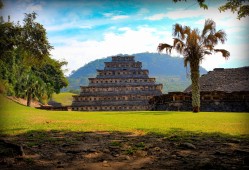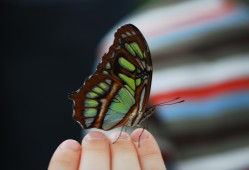A Comprehensive Guide to Chinese New Year:Traditions,Customs,and Celebrations
- 百科大全
- 2025-06-16
- 32
Chinese New Year, also known as the Spring Festival, is the most important traditional holiday in China. It is a time for family reunions, feasting, and celebrating the beginning of a new year according to the lunar calendar. Here is a comprehensive guide to understanding the rich history, traditions, and customs associated with this vibrant festival.
Historical Significance
The origins of Chinese New Year can be traced back to ancient times when people worshipped the gods and ancestors at the end of the harvest season. It was a time to give thanks for the bounties of the year and to pray for a prosperous new year. Over time, the festival has evolved and incorporated various cultural elements, making it a unique blend of ancient and modern traditions.
Lunar Calendar and Zodiac Animals
Unlike the Gregorian calendar, which follows a fixed 365-day cycle, the Chinese lunar calendar is based on the cycles of the moon. Each year is associated with one of the 12 animals in the Chinese zodiac, which include the Rat, Ox, Tiger, Rabbit, Dragon, Snake, Horse, Goat, Monkey, Rooster, Dog, and Pig. The zodiac cycle repeats every 12 years, with each animal believed to have its own characteristics that influence the year's events.
Preparations and Rituals
The lead-up to Chinese New Year is filled with preparations and rituals aimed at sweeping away bad luck and making way for good fortune. Houses are cleaned thoroughly, debts are settled, and people buy new clothes to symbolize a fresh start. One of the most important tasks is the posting of couplets on doors and windows, which are written in red ink and contain auspicious phrases to attract good luck and ward off evil spirits.

Reunion Dinner
On New Year's Eve, families gather for a reunion dinner, which is considered the most significant meal of the year. The menu often includes fish (for prosperity), dumplings (for wealth), and noodles (for longevity). This meal is a time for family members to reconnect and share stories, reinforcing the bonds of family and community.
Red Envelopes and Gifts
During the festival, it is customary to give red envelopes, known as "hongbao," to children and unmarried adults. These envelopes contain money and are believed to bring good luck and ward off evil spirits. Elders also give gifts to younger family members as a sign of affection and to wish them well in the coming year.
Fireworks and Firecrackers
The use of fireworks and firecrackers is a central part of Chinese New Year celebrations. The loud noises are meant to scare away evil spirits and bring good luck. In ancient times, people used bamboo tubes filled with gunpowder, which made a loud noise when burned. Today, fireworks displays are a spectacular part of the festivities, lighting up the night sky with vibrant colors and patterns.
Lion and Dragon Dances
Lion and dragon dances are traditional performances that are believed to bring good luck and fortune. The lion dance involves performers in a lion costume mimicking the animal's movements, while the dragon dance features a long, serpentine dragon manipulated by a team of dancers. These dances are often accompanied by drums and gongs, adding to the festive atmosphere.
Lunar New Year's Day
On the first day of the Lunar New Year, people visit family and friends to exchange greetings and wishes for a prosperous year. It is considered an auspicious day to start new projects or ventures, as it is believed that the actions taken on this day will set the tone for the rest of the year.
Extended Celebrations
The Chinese New Year celebrations last for 15 days, culminating in the Lantern Festival on the 15th day. This festival is marked by the lighting of lanterns and the solving of riddles written on lanterns. It symbolizes the end of the Chinese New Year celebrations and the beginning of preparations for the coming year.
In conclusion, Chinese New Year is a complex and vibrant festival that encompasses a wide range of traditions and customs. It is a time for family, feasting, and celebration, and it holds a special place in the hearts of the Chinese people and those who partake in its festivities. Understanding the history and significance of this holiday provides a deeper appreciation for the cultural richness that it represents.













